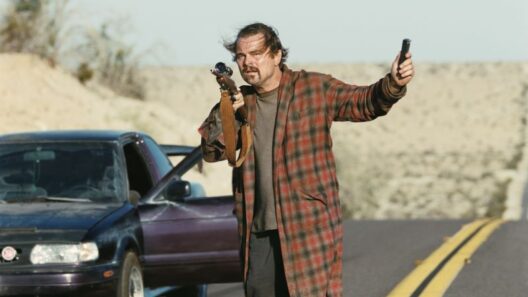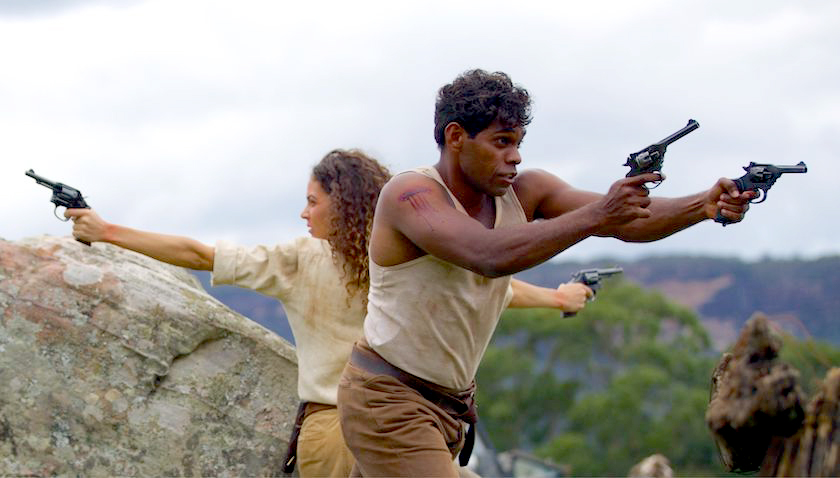By Ian Delia, 
 Wes Anderson’s “The French Dispatch,” a publication with similarities to “The New-Yorker”, sheds some light on the lives of journalists in a very creative way. The news magazine located in France is now mourning the death of Managing Editor Arthur Howitzer, Jr. (played by Bill Murray) who has recently passed away. It’s a very impressive storyline for the municipality of Ennu-sur-Blasé, a boring French town in which the journal is located. The quip going around has been translated by writers as Boredom-on-Blasé up. However, The French Dispatch made its home there and has changed it up a bit. I guess you can say that the city name may have been a valid statement that is until this uncommon publication hit the streets with “all the news that’s fit and unusual to print”.
Wes Anderson’s “The French Dispatch,” a publication with similarities to “The New-Yorker”, sheds some light on the lives of journalists in a very creative way. The news magazine located in France is now mourning the death of Managing Editor Arthur Howitzer, Jr. (played by Bill Murray) who has recently passed away. It’s a very impressive storyline for the municipality of Ennu-sur-Blasé, a boring French town in which the journal is located. The quip going around has been translated by writers as Boredom-on-Blasé up. However, The French Dispatch made its home there and has changed it up a bit. I guess you can say that the city name may have been a valid statement that is until this uncommon publication hit the streets with “all the news that’s fit and unusual to print”.

The film features some of the world’s modern day social positions, depicting, via past history, statements on current political events, artistic phenomena and crime, e.g., a kidnapping involving a pastry king. The publication has stories of all genres edited and publish by Arthur Howitzer Jr (Bill Murray) in his The French Dispatch magazine, and the story indicates it was a top read of their era. Personally, magazines are hard to come by since all is found on the internet, but this may be one of the few I am interested in finding more about.

Wes Anderson has yet to release a film anything less than phenomenal, and I’m sure that time won’t come anytime soon. Some things about this film were tough to overlook, but in a good way. To me, film production and quality are big points that I will single out. Camera angles and coloring can either make or break a movie, and Anderson hits it big with the use of some awesome black and white mixed with scenes of glorious color.
Anderson satisfies his fans with his many unique qualities when it comes to filming and the final presentation. I like the shots from above and interiors that are nicely put together to visualize the action and even some of the sadness in the storyline. I especially like how the film switches between different color contrasts separating each era in which the stories are positioned. In the current time of the plot, colors are projected in dull saturation, and then another episode comes along as a homage to bright colorful scenes that identifies the change of storyline.

If you’re a fan of Wes Anderson and his line of comedy then this movie is hit straight in your end of the ball park. A funny production worth giving it a watch and getting a better look at the works of a journalist. This Film has been rated R for graphic nudity with some sexual references and language.
(3 of 5 Stars)











